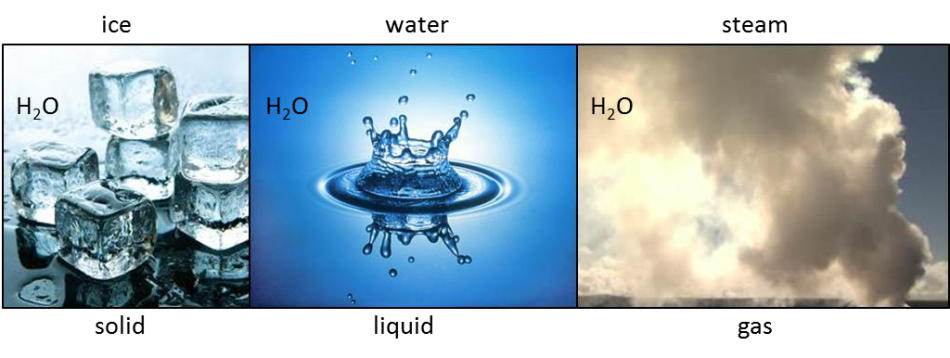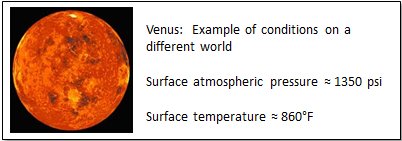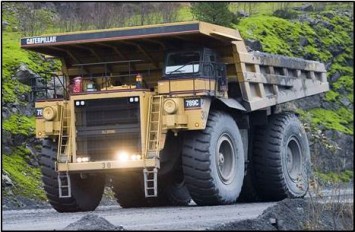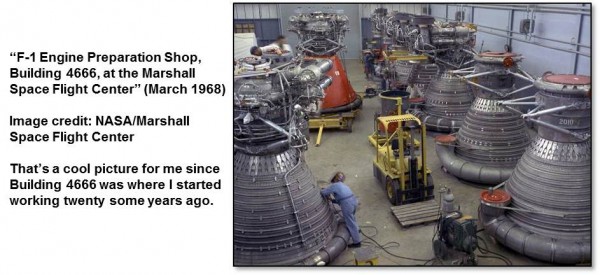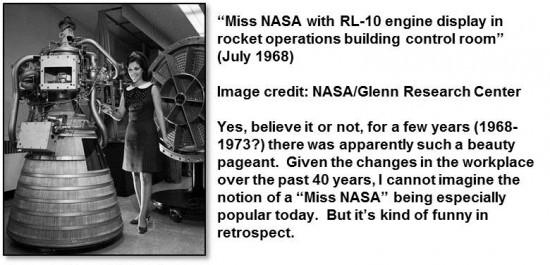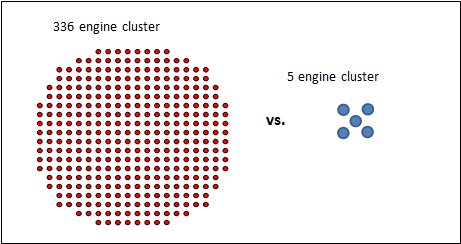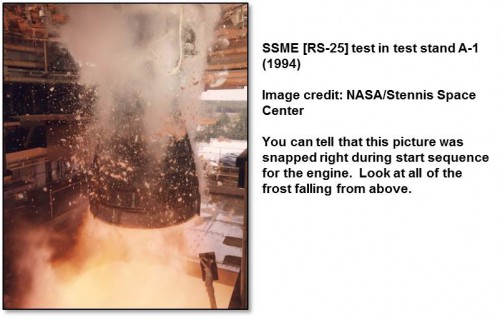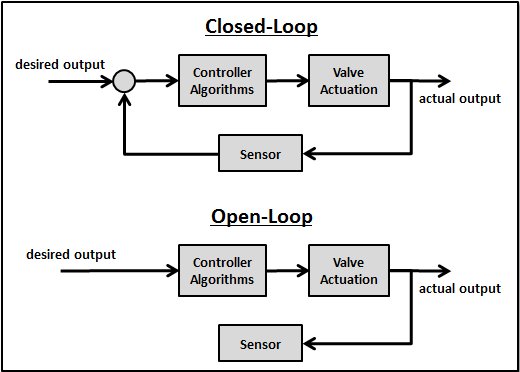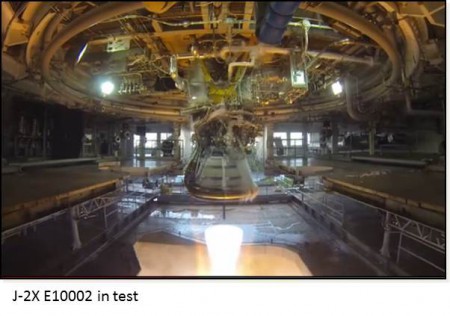To start this post, I want you to think a little bit about water. As everyone knows, water is a liquid. In fact, if you think about the word “liquid” just for a couple of moments, you probably had an image of water in your head. Water is liquid; liquid is water.
Okay, but what about ice? “Yes,” you say, “but ice is ice and water is water. That’s why we have two different words.” That’s right. Our language has been made to fit our experience, but we all know, of course, that ice is just frozen water. And, of course, we know that steam is water made hot enough to boil and become gaseous. We have three different words for three different states of the same chemical stuff: H2O, two atoms of hydrogen bound to a single atom of oxygen. On our planet, at typical, habitable temperatures and given our atmospheric pressure at the surface where we live, water is liquid and the other states – gaseous and solid – are generated from there as deviations from “normal conditions.” And that’s good since we otherwise wouldn’t exist as a species and, more importantly, nobody at all would be reading this blog.
But let’s suppose that we lived on a planet where the typical ambient temperature was, say, 300 degrees Fahrenheit, but everything else was mostly the same. Please ignore, for a moment at least, all of the other issues arising from such a scenario and imagine what our sense of “water” would be. All of the H2O that we would know of in our everyday lives would be gaseous. The only way that we could get liquid water would be to chill some of the gaseous stuff down far below “normal” ambient temperatures, down below its boiling point. And making solid water would require chilling even further, roughly to 270 degrees below “normal.” If this was our world, then we probably wouldn’t have three separate words like “ice, water, steam.” We would likely instead talk in terms of “solid H2O, liquid H2O, and gaseous H2O.”
Now, let’s suppose that rather than a hot planet, we lived on a planet with much higher atmospheric pressure (again, with everything else pretty much like it is on Earth). In that case, we’d still have a general sense of water, steam, and ice, but our transition from liquid to gaseous would occur at a higher temperature. Suppose that our atmospheric pressure was 1000 pounds per square inch (as opposed to our pleasant 14.7 psi on the surface of Earth), then our water wouldn’t boil until it reached well over 500 degrees Fahrenheit. That’s 300 degrees higher than what we’re used to on Earth. Kitchen stoves on this hypothetical, high-pressure planet would be using some serious energy just to make a bit of pasta for dinner.
So, what does all this supposing have to do with rocket engines? Well, it has to do with thinking about the cryogenic fluids that we use for propellants. When dealing with cryogenics, you have to think in terms of these topsy-turvy situations where things “boil” at four hundred degrees below zero and, in a rocket engine where we produce very high pressure situations, that boiling point in terms of temperature can be entirely situational or, above a certain pressure point, completely go away. And, specifically, this is the background that you need to understand the curious case of STS-104.
STS-104 was a Space Shuttle mission that launched in July 2001. It was a mission to Space Station and the orbiter was Atlantis. Although I’d worked on the preparations for that launch and had participated in the flight readiness review at the engine project level, I was actually in Boston when it launched. My wife had a veterinary conference and I tagged along because, well, Boston is just a really cool city to visit. I remember sitting in the Boston Common, on a park bench, reading the newspaper article about the launch with some satisfaction knowing that I’d been involved in the process (along with, of course, hundreds and hundreds of other folks who, like me, justifiably took pride with each and every launch).
STS-104 was a special launch from a rocket engine perspective. It was the first launch that included one example of a Block 2 Space Shuttle Main Engine. This hardware configuration for the SSME was more than a dozen years in coming to fruition. When I’d first started work supporting the Shuttle Program back in 1990, we were flying the Phase II version of the engine. Gradually, over the subsequent decade-plus, NASA and Rocketdyne and Pratt & Whitney worked together to make that great engine even better, more reliable, safer. The culmination, through several separate designations, was finally the Block 2 configuration. Over the years, I had worked as an analyst during many of the stages of its development and, towards the very end, had been a genuine Datadog for the final certification testing of the complete package. For that final process, we were turning around data reviews day in and day out as we stepped through two 22-test series at a rate as great as five tests every two weeks. It was hectic but exciting.
The final piece that made the Block 2 configuration complete was the addition of the new high pressure fuel turbopump (HPFTP). The following is a few fun facts about this remarkable machine:
Both the older turbopump and this new, Block 2 version had roughly the same performance from an engine power balance perspective, but the new one was safer. That was the whole reason for the development effort. Why was it safer? Because over the twenty years preceding that point, we’d learned all kinds of stuff in terms of potential failure modes, effects, and mitigation methods. Indeed, even the older, pre-Block 2 turbopump was not exactly the same one that had first propelled STS-1 in 1981. We’d made small modifications all along to ensure that flight was as safe as possible, but the Block 2 design was a complete overhaul, an entirely new component. Also, some of this additional reliability and safety came from the simple fact that the new HPFTP was stouter than the original. Due to other modifications across the rest of the Space Shuttle vehicle, we were able to make the engine a bit heavier while still meeting mission objectives. General Rule: Give a designer a little more mass margin and he’ll give you larger factors of safety. This additional mass for the HPFTP will be part of the overall story, so hold on to that fact.
Now, back to the story of STS-104. When we last left our hero, he was sitting on a bench in the Boston Common, smoking a cigar and reading the newspaper. He was all smug and pleased with himself in knowing that he had something to do with a positive story in that newspaper and in every other major newspaper across the country and some newspapers around the world. I don’t think that it’s bragging to admit that it’s a pretty good feeling when something like that happens to you.
It wasn’t until I got back to work a couple of days later that I learned of the anomaly. At first, it wasn’t even recognized as an anomaly. It was more of an oddity in the data. But all oddities have to be explained and as we dug into it we came to realize that it was indeed a real event, not some kind of data glitch, and that it was something we’d not predicted. And then we figured out that it was something that needed to be remedied or future flights of the Block 2 engine would be in jeopardy as would the entire Shuttle Program. Coming to resolution of this issue would consume much of the next few months of my professional life, but we did find a solution and we continued flying. I will tell you more about it in Part 2 of this story in my next posting.
Post script: Go out to Wikipedia and look up STS-104. You’ll see there a little note provided about the Block 2 engine and an in-flight anomaly. It doesn’t say much. I’ll share with you “the rest of the story” (as the late Paul Harvey would say).


